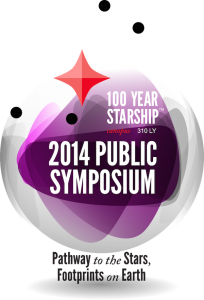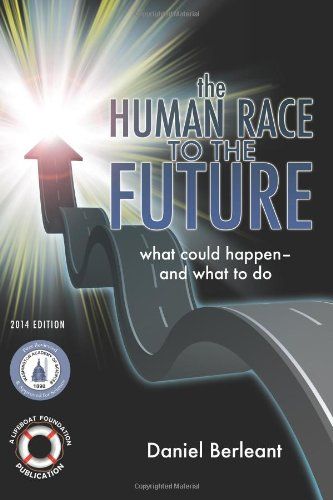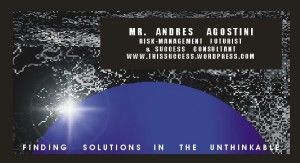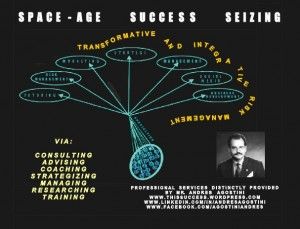Jul 2, 2014
We Don’t Have to Play Cosmic Russian Roulette With Asteroids Anymore
Posted by Seb in category: asteroid/comet impacts
Written By: Jason Dorrier — Singularity Hub

Forget Armageddon, says Ed Lu. Forget sci-fi space shuttles. Forget burying nuclear bombs in comets. Forget all that. Asteroids are a real and potentially existential threat. But if we find them early enough, they’re fairly easy to deflect. With years or decades, instead of months or days, a small nudge is all you need to make them miss Earth.
“99% of the problem is finding the asteroids first,” Lu recently told attendees at the 2014 Graduate Studies Program at Singularity University. Participants spent last week reviewing the grand challenges—the biggest global problems in search of solutions.
Lu is CEO and founder of the B612 Foundation. B612 is building the first privately funded deep space telescope. Called Sentinel, the telescope will find and map the million or so near-Earth chunks of space rock we know nothing about.












